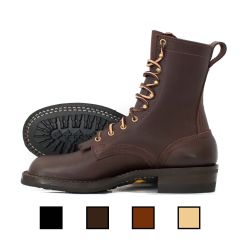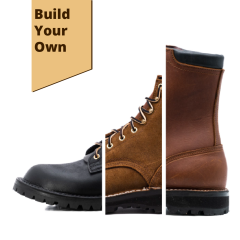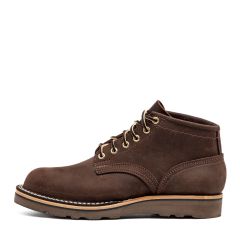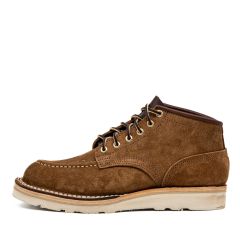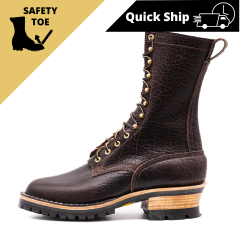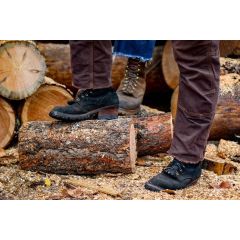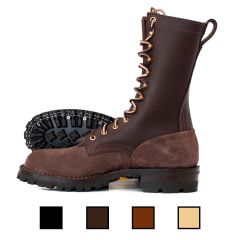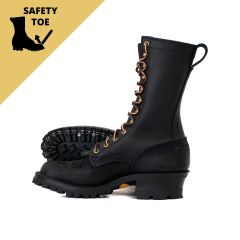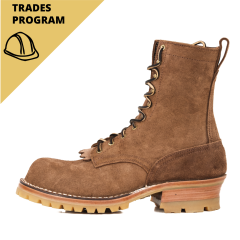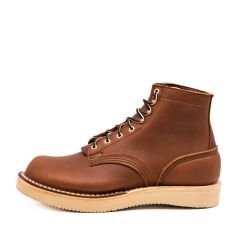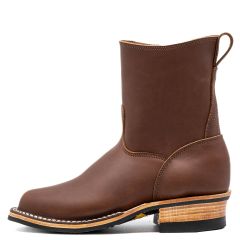Waterproof Boots
Benefits Of Waterproof Boots:
- Waterproof boots keep your feet dry in wet conditions.
- They provide comfort and protection.
- They are also suitable for various activities and terrains.
Features Of Waterproof Boots:
- Membranes for impermeability.
- Breathable to allow moisture to escape.
- Sealed seams and water-repellent treatment.
- Available in diverse styles for different purposes.
Why Waterproof Boots Matter:
- They are essential for unpredictable weather.
- They give you the confidence to venture out regardless of conditions.
- They protect your feet in all environments.
Benefits Of Wearing Waterproof Boots
- Enhanced Protection: Waterproof boots protect against cold weather, rocky terrains, and more, protecting your feet from environmental factors and impacts.
- Improved Comfort: Modern waterproof boots have breathable membranes, cushioned insoles, and supportive structures, allowing your feet to stay dry and cozy even during prolonged use.
- Versatility: With a variety of styles available, waterproof boots are suitable for various activities, from outdoor adventures to everyday tasks. They ensure your feet stay dry and comfortable no matter the occasion.
- Lower Maintenance: Waterproof boots are easy to clean and maintain due to their durable materials, making them a practical option for those in wet or dirty environments.
- Longevity: Quality waterproof boots are built to last, saving you money in the long run by withstanding harsh conditions and requiring fewer replacements or repairs.
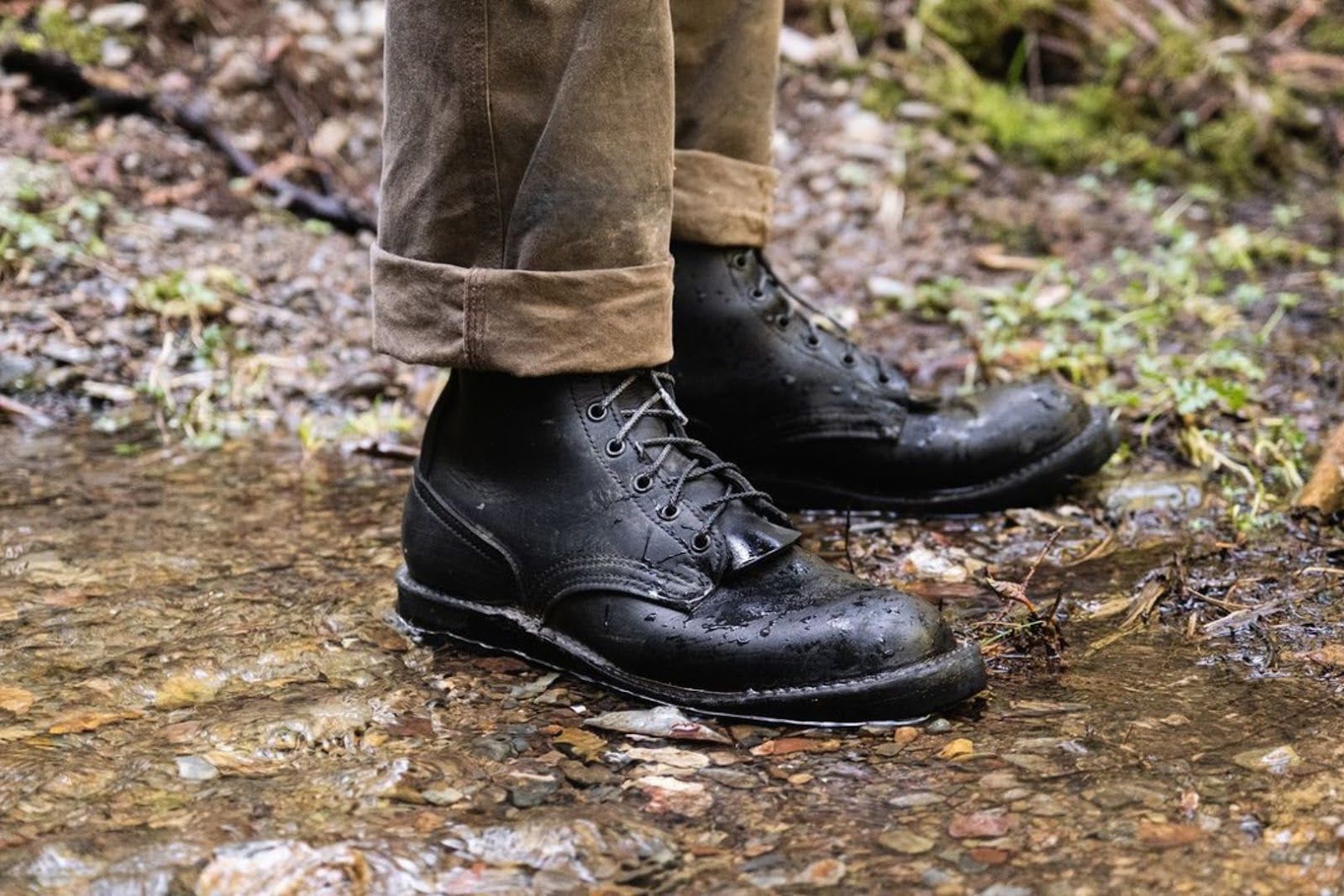
Benefits Of Waterproof Boots For Outdoor Activities
- Keeping Feet Dry and Comfortable: Nicks Boots waterproof boots keep your feet dry, preventing discomfort and blisters caused by wet conditions.
- Safety and Stability: The rugged soles of waterproof boots provide better grip on slippery surfaces, reducing the risk of slips and falls.
- All-Weather Versatility: Waterproof boots can handle various weather conditions, allowing you to enjoy outdoor activities regardless of the elements.
- Durability for Rigorous Activities: Designed for tough conditions, waterproof boots are built to withstand frequent use in challenging environments.
- Support and Protection: Besides waterproofing, these boots offer support and protection for your feet and ankles, reducing the risk of injuries during outdoor activities.
The Importance Of Breathability In Waterproof Boots
While the primary function of high-quality waterproof boots is to prevent water from reaching your feet, breathability is an equally important characteristic. The secret lies in the innovative materials and technologies used in constructing these boots, which are meticulously designed to balance waterproofness with the need for ventilation.
Breathability in waterproof boots refers to the boot's ability to allow moisture vapor (such as sweat) to escape from the inside out. This feature is crucial for maintaining a comfortable microclimate within the boot, preventing the accumulation of perspiration that can lead to dampness, discomfort, and even fungal infections over time.
Why Breathability Matters
- Comfort Over Time: Breathability prevents overheating and chilling, improving overall comfort during prolonged wear.
- Preventing Blisters: Moisture next to the skin can lead to blisters, which can be avoided with breathable boots.
- Maintaining Foot Health: Breathability minimizes the risk of odors and infections by keeping the feet dry.
How Breathability Is Achieved
Specialized membranes and fabrics with micro-pores enable water vapor to escape while blocking water droplets. Technologies ensure high-performance waterproofing with optimal breathability.
A Balanced Approach
Selecting waterproof boots from Nicks Boots with the right level of breathability depends on the intended use, activity level, and personal preferences. Consider the environmental conditions to balance breathability and protection for optimal comfort and performance.
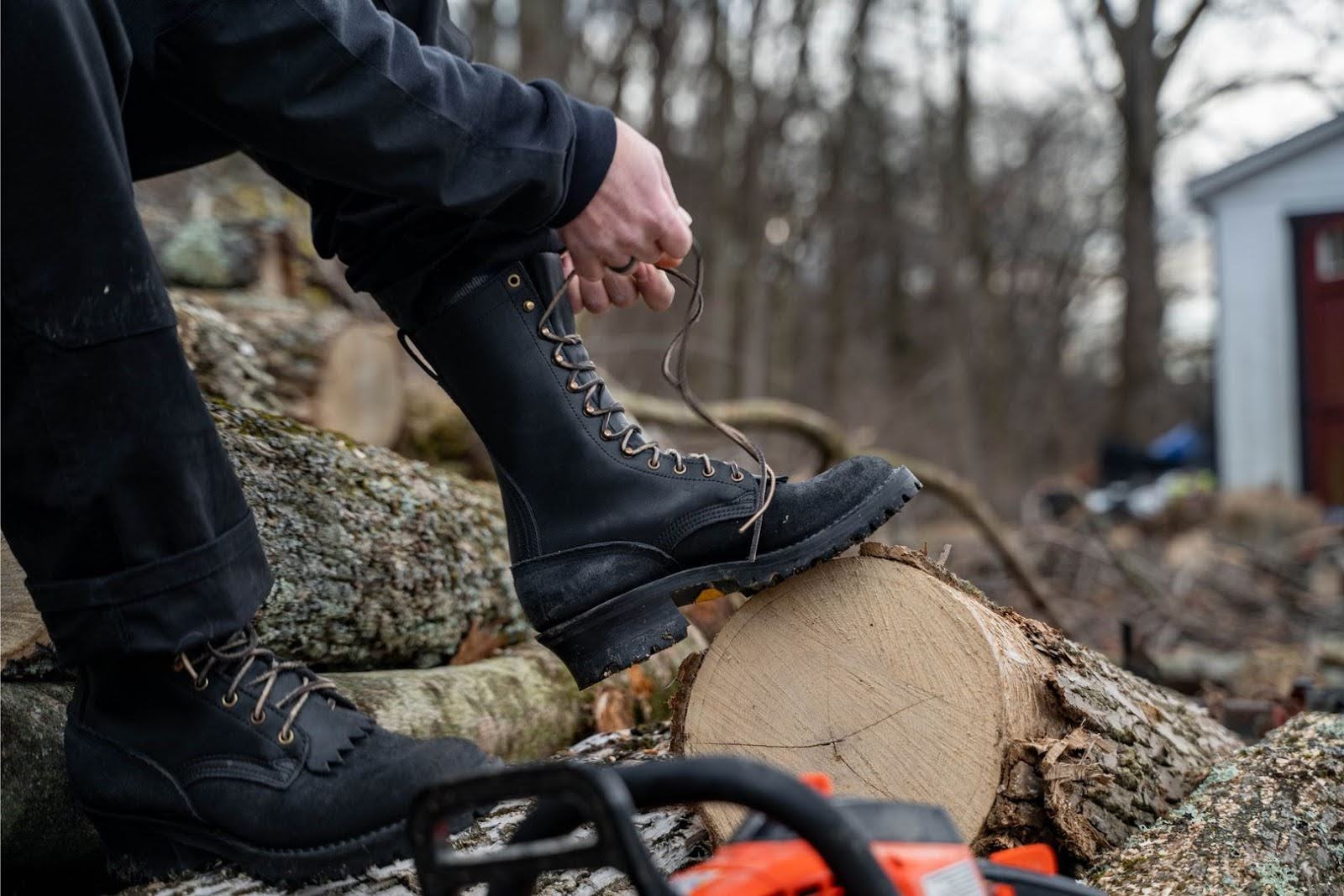
How To Choose The Right Waterproof Boots
Selecting the ideal pair of waterproof boots can feel overwhelming, given the vast range of available options. Whether you're planning a hiking trip, need boots for work, or simply want protection against rainy city walks, considering several key factors can guide you to the perfect choice. Here's how to make an informed decision when choosing waterproof boots:
Understand The Different Types
Waterproof boots are designed for various activities and conditions. Broadly categorized, you have hiking, work, casual, and winter boots, each offering specific features tailored to its intended use.
Hiking boots prioritize ruggedness and support, while casual boots focus more on style alongside functionality. Determine the primary use for your boots to narrow down the type that best suits your needs.
Consider Materials And Construction
Look for boots made with high-quality waterproof materials, such as leather or synthetic fabrics equipped with waterproof membranes. These materials provide an effective barrier against water while allowing your feet to breathe. Additionally, pay attention to the boot's construction; features like sealed seams and water-resistant coatings further enhance waterproofing capabilities.
Check The Boot's Breathability
While waterproofing is critical, don't overlook the importance of breathability. Boots with a moisture-wicking lining and breathable membranes ensure sweat is efficiently drawn away from your feet, keeping them dry from the inside out. This feature is especially vital if you wear the boots for long periods or in warm conditions.
Assess Comfort And Fit
Comfort should be a top priority since even the most waterproof boot can be rendered useless if it's uncomfortable to wear. Look for boots with cushioned insoles, supportive arches, and a comfortably snug fit that allows your toes to move. Try boots on towards the end of the day when your feet are slightly swollen to ensure a fit that won't be too tight during active use.
Evaluate Traction And Support
The boot's outsole is critical for traction and stability on various surfaces. Look for boots with deep lugs and rubber outsoles designed to grip slippery or uneven terrain. Furthermore, adequate ankle support prevents injuries, especially when carrying loads or trekking on uneven paths. Consider boots with reinforced ankle areas or a higher cut if engaging in activities requiring extra stability.
Check The Boot's Weight
Lightweight boots can significantly enhance comfort and reduce fatigue, particularly during long walks or hikes. However, more robust activities or harsher conditions might necessitate a heavier, more durable boot for added protection and longevity. Strike a balance between the level of protection you need and the desired comfort to find a boot that won't weigh you down unnecessarily.
Read Reviews And Seek Recommendations
Finally, leverage the experiences of others who have purchased and used the boots you're considering. Online reviews and recommendations can provide valuable insights into how well the boots perform in real-world conditions. Pay attention to comments regarding durability, waterproof effectiveness, and comfort over time to guide your decision.
In sum, selecting the right waterproof boots involves carefully considering various factors, including the type of activity, materials and construction, breathability, comfort and fit, traction and support, weight, and user feedback. By thoroughly evaluating these aspects, you can find a pair of waterproof boots that meets your needs, ensures comfort, and provides reliable protection against the elements.
Frequently Asked Questions
Are waterproof boots really waterproof?
Waterproof boots are designed to prevent water from entering the shoe, keeping your feet dry in wet conditions. They are constructed with materials and techniques specifically designed to block water.
How do you test the waterproofing of boots?
The manufacturers usually test waterproof boots in laboratory conditions, where the boots are subjected to various wet environments. You can also test them by walking in wet conditions to ensure no water penetrates the boot.
Can waterproof boots also be breathable?
Yes, many waterproof boots are designed to be breathable. Technologies allow sweat vapor to escape while preventing water droplets from entering, keeping feet dry from external moisture and sweat.
How long do waterproof boots typically last?
The lifespan of waterproof boots depends on their material, construction quality, and maintenance. With proper care, they can last several years.
How do you care for and maintain waterproof boots?
To maintain waterproof boots, clean them regularly to remove dirt and debris, dry them properly after use, and apply a waterproofing treatment periodically to maintain their waterproofing effectiveness.
Can waterproof boots lose their effectiveness over time?
Yes, boots' waterproofing can diminish over time due to wear and tear, exposure to harsh conditions, and breakdown of materials. Regular maintenance and re-waterproofing can prolong their effectiveness.
What's the difference between water-resistant and waterproof boots?
Water-resistant boots can handle a low level of moisture and light rain but will eventually allow water to penetrate, while waterproof boots are designed to provide complete protection against water entry, even in heavy rain or when submerged.
Can waterproof boots be repaired if they start leaking?
If waterproof boots start leaking, they can be repaired in some cases. This depends on the extent and location of the leak. Applying a waterproof sealant or having the boots professionally repaired are possible solutions.
